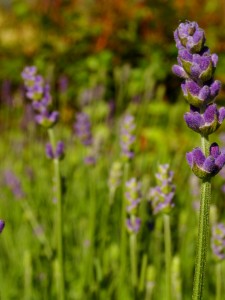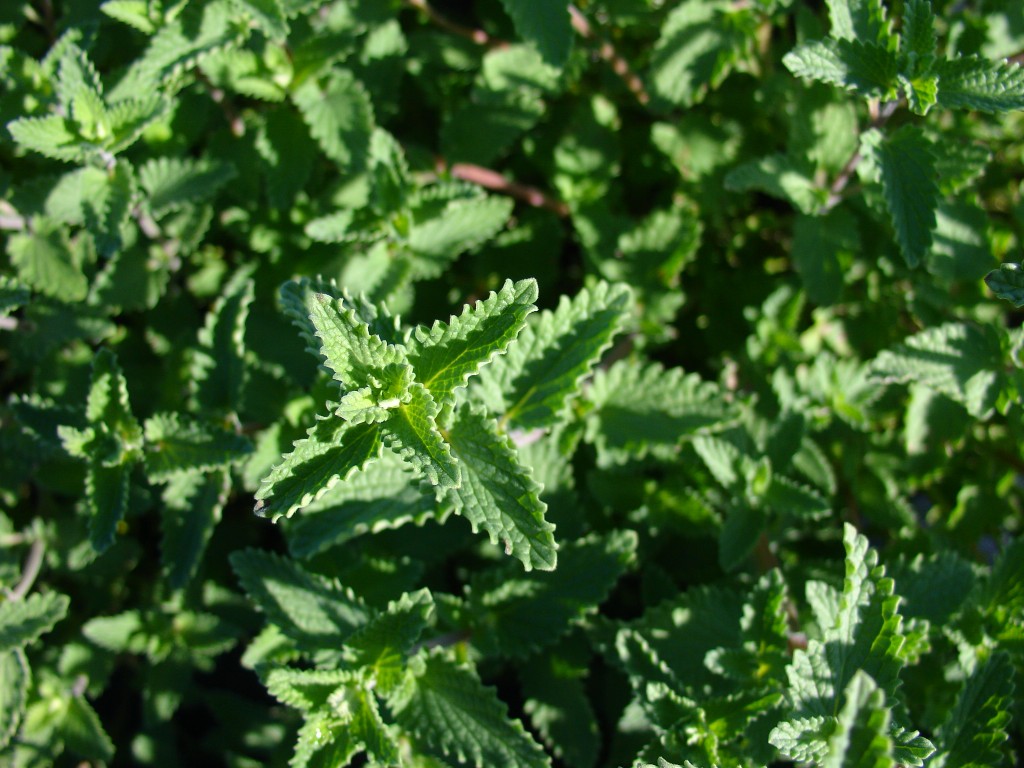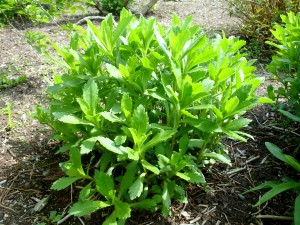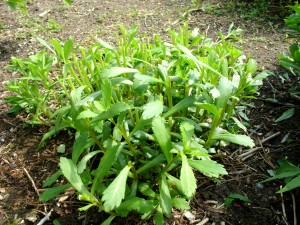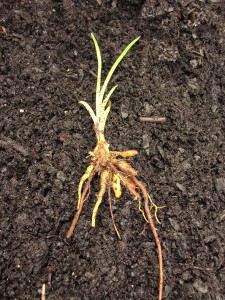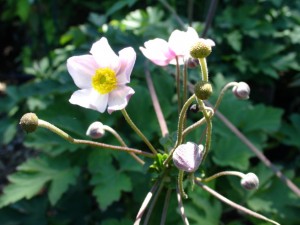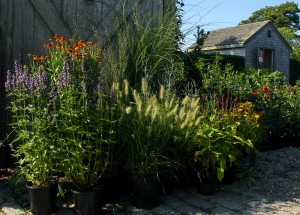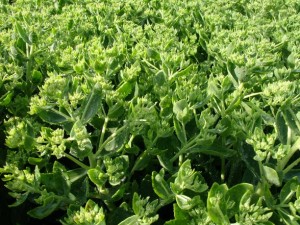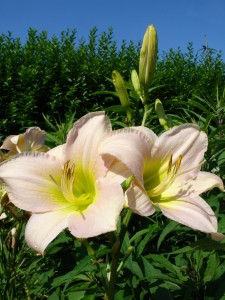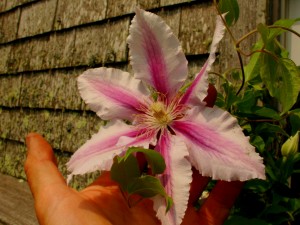
One of the most common questions we get about clematis at the nursery concerns pruning. To be honest, it’s confusing, so any questions are valid. The most important factor in deciding how to prune clematis is placing them in the right category.
Vining clematis is separated into three main categories, A, B and C.
GROUP A:
- Vines that don’t die back in winter and bloom in the spring
- Includes C. montana ‘Rubens’ (Pink) and C. montana ‘Alexander’ (White)
- Since these bloom on old wood, major pruning should be left until after they flower in spring.
- If there is obvious deadwood, it can be removed earlier in the season; make final cuts just above live buds. Keep in mind, removal of live branches will also remove overwintering flower buds.
GROUP B:
- Vines with large flowers, or doubles, often reblooming.
- Incudes C. ‘Henryi’, C. ‘Nelly Moser’ and other stunning varieties.
- These plants bloom on old wood in spring and in later summer on new wood, so pruning should be kept to a minimum, no matter the time of year.
- Limit pruning to removal of dead branches, and tie live branches, evenly, across the trellis
GROUP C:
- Includes a wide assortment of varieties. C. viticella ‘Betty Corning’ C. paniculata ( Sweet Autumn Clematis), C. ‘Jackmanii’ and C. ‘Niobe’
- These are the easiest to prune. Cut the entire vine down to within a foot of the ground leaving 2 to 4 sets of buds.
- If you aren’t sure if your clematis is in this group, try leaving it alone for a season. If it dies to the ground over the winter, or flowers only at the top with loads of dead foliage and bare stems at the base, it’s likely in this group.

